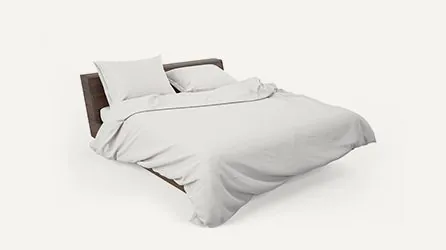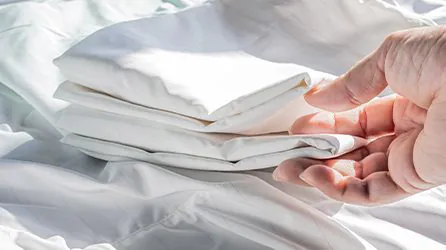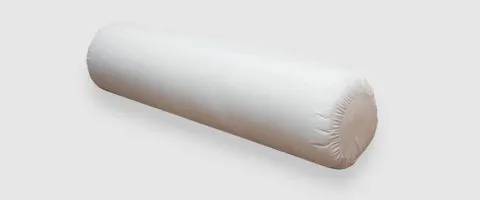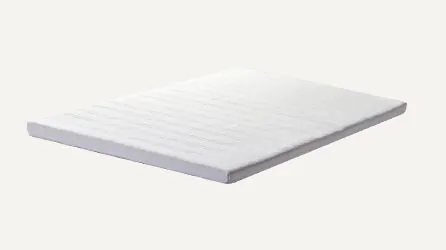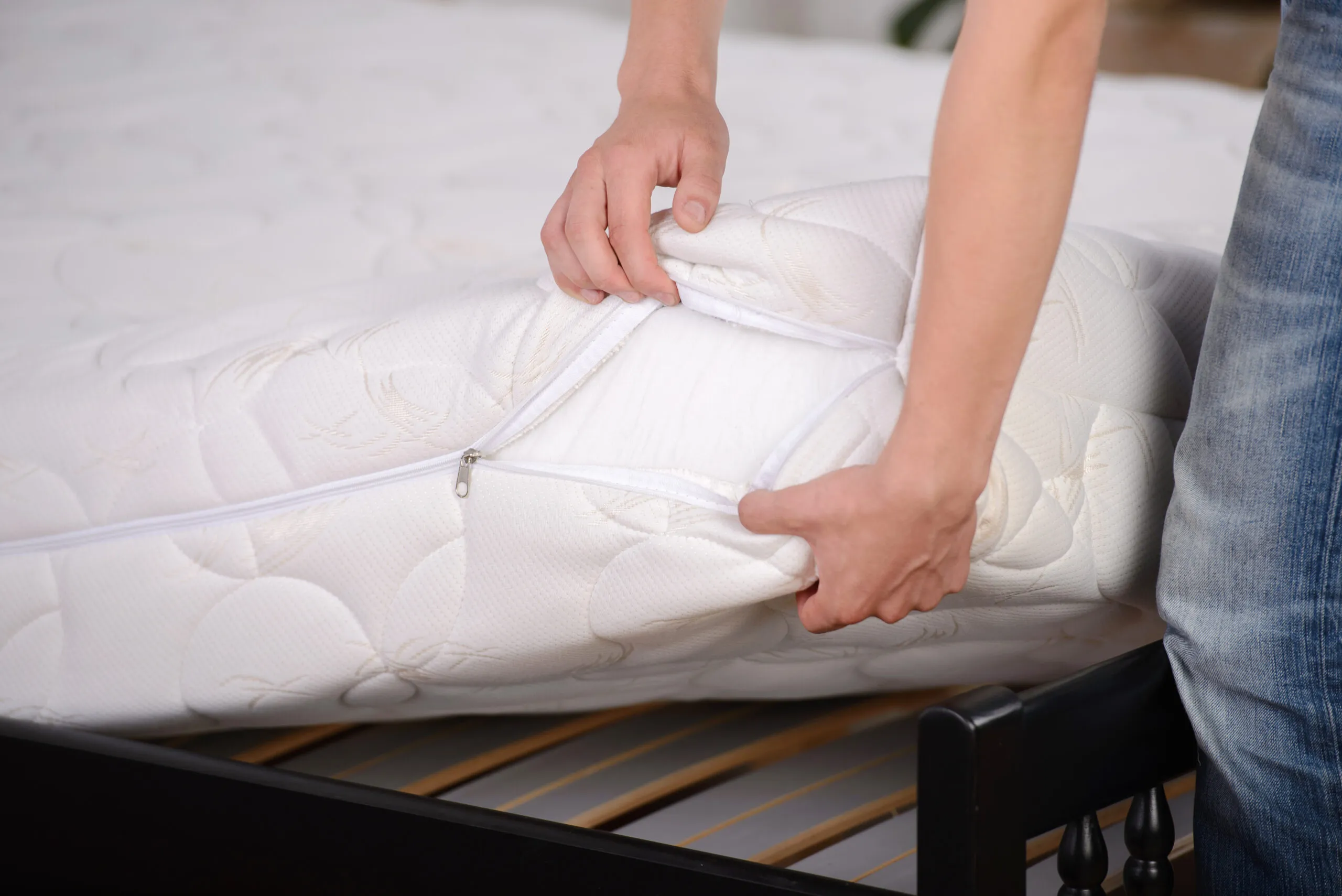Mattress Article
Foam mattress and spring mattress
Purchasing a new bed can be a stressful experience. With so many different types of mattresses available, it can be difficult to determine which one is best suited to your needs. In this article, we will address one of the most frequently asked questions about mattresses: the debate between memory foam mattresses and spring mattresses.
Spring mattresseshave been around for decades and are often regarded as a classic type of mattress, offering a variety of flexible support through coils and springs. Memory foam mattresses, on the other hand, are much more contemporary, with a soft and dense structure that allows them to conform to the body and distribute weight evenly.
How to choose?
Use our comparison chart to analyze the benefits and drawbacks of foam mattresses versus spring mattresses, and then select the option that best suits your individual sleep needs. Foam mattresses are manufactured using a variety of foam materials to provide both support and comfort. In the 1970s, NASA developed memory foam, which quickly became the most popular type of foam mattress. Memory foam is dense, durable, and soft, with a medium to plush firmness and an average lifespan of approximately ten years. It is well known for its ability to wick away moisture and distribute weight evenly.
Best for:
- Individuals seeking conforming support
- Couples who share a bed
Price range:
- $800-$2,500+
Types of foam mattresses
Foam mattresses can be classified into three types: standard memory foam, open-cell foam, and gel-infused memory foam. Each type has distinct characteristics and contributing factors.
Traditional Memory Foam
Constructed with a polyurethane foam core that conforms to the body during sleep, traditional memory foam features a closed-cell structure that retains heat—both of which are key components of this type of mattress.
Open-Cell Foam
Open-cell memory foam mattresses are less dense and softer than standard foam mattresses. The “open cells” create small channels that allow air to circulate throughout the mattress, enabling heat to dissipate.
Gel Foam
Gel memory foam mattressesare created by blending memory foam with gel beads (gel-filled capsules), swirling liquid gel into the memory foam, or incorporating a gel layer into the comfort section. The cooling gel helps disperse heat, allowing for a cooler night’s sleep while still maintaining the body-conforming and pressure-relieving properties of memory foam.
Structure
Multi-layer foam with a polyurethane base is a common construction in memory foam mattresses. Polyurethane foam is available in various densities, with higher-density foam offering greater durability. The structure of a memory foam mattress depends on the type of memory foam used: a polyurethane base is typically followed by several layers of memory foam. These layers may be composed of latex foam, memory foam, hybrid memory foam, or other materials.
Indentation Load Deflection (ILD) is used to measure the firmness of a memory foam mattress. ILD refers to the amount of weight required to indent the mattress. A lower ILD indicates a softer mattress. Memory foam density ranges from low (1.5–3 lbs/ft³), to medium (4–5 lbs/ft³), to high (6–8 lbs/ft³).
Advantages of Foam Mattresses
- Utilize body heat to soften and contour to shape
- Help keep you cool during the night
- Gentle on the neck, spine, and hips
- Motion-isolation technology absorbs movement
Disadvantages of Foam Mattresses
- Heavier than traditional spring mattresses
- Initial chemical odor due to volatile organic compounds (VOCs)
- Less responsive and bouncy compared to spring mattresses
What is a spring mattress?
The most traditional type of mattress is the spring mattress, commonly referred to as an innerspring mattress. It is ideal for back sleepers and those with lower back pain. It also serves as an excellent solution for individuals who find that foam mattresses do not provide sufficient support.
Best for:
- Back sleepers
- Those who prefer a bouncier feel
Average Price:
- $500-$1,200+
Types of Spring Mattresses
Spring mattresses vary based on the type of coils or springs used. Firmer mattresses generally have thicker coils, while thinner coils provide less firmness but better contouring to the body. Spring mattresses are divided into four main types: Pocketed, Offset Coil, Bonnell Coil, and Continuous Coil. The more coils a mattress has, the better it conforms to the body.
Pocket coils are individual springs encased in fabric. They are generally more expensive to produce and are typically found in high-quality mattresses. This design allows each coil to operate independently, adjusting to pressure and motion separately.
Offset Coils
Offset coils, like pocketed coils, are commonly seen in high-end spring mattresses. They are hourglass-shaped with flat tops and bottoms connected by helical wires. These coils are firm, strong, and contour to the body.
Bonnell coils
Bonnell coils are found in most lower-priced spring mattresses. They have an hourglass shape with wider curved sections that allow the body to sink slightly under weight.
Continuous Coils
Continuous coils provide better support than Bonnell coils. They are made from a single long wire twisted into hundreds of S-shaped coils. The spiral wiring connects the coils, offering stability and distinctive motion isolation.
Spring mattressesare generally constructed in three layers: a high-density foam layer, followed by a coil spring layer, and topped with several padding layers made of natural fibers, foam, or latex. The type of spring mattress you choose determines the coil type and configuration used.
Advantages of Spring Mattresses
- Good support for the back
- Available in multiple firmness levels
- Budget-friendly options
Disadvantages of Spring Mattresses
- Wears out faster than foam
- Older springs may be noisy and disruptive
- Less effective at relieving joint pressure compared to foam
Foam vs. Spring Mattress Differences
Temperature
Spring mattresseshave open-cell structures promoting airflow. Many modern memory foam mattresses now feature cooling gel and improved open-cell designs to regulate temperature. If using a memory foam mattress but needing better ventilation, choose open-cell foam or gel-infused foam for optimal sleep temperature.
Motion
Memory foam excels at motion isolation. For couples, it absorbs partner movements, preventing disturbance. Spring mattresses are more responsive to movement, which may transmit motion and sound.
Support
Memory foam layers conform to natural body curves, reducing joint pressure. Spring mattresses provide support but are less adaptive. For maximum support, select Offset or Pocketed coil mattresses, as Bonnell and Continuous coils provide less contouring.
Durability
Springs may sag after 5–8 years. Higher coil thickness increases longevity. Memory foam is generally more durable, with an expected lifespan of 8–12 years, and higher density increases durability.
Pressure Relief
Memory foam is superior at contouring and relieving pressure at the neck, spine, and shoulders. Spring mattresses, especially Bonnell and Continuous coils, offer less pressure relief, though pocketed or open coils help reduce pressure points.
Cost
Both mattress types vary in price. Spring mattresses are generally less expensive than memory foam. Premium materials increase costs, but memory foam offers optimal comfort.
Sleeping Position
Side sleepers benefit from memory foam or pocketed coil spring mattresses due to pressure point support. Back sleepers maintain neutral spinal alignment and often prefer Bonnell or Continuous coil mattresses. Choice often comes down to personal preference.
Back Pain
High-quality spring mattresses (Offset and Pocketed coils) are often preferred for back pain due to balanced firmness, responsiveness, and conformity. Memory foam also relieves discomfort with targeted support, though some find it too soft. The best options for back pain are memory foam, Offset coil, or Pocketed coil spring mattresses.
Recommended Products :
Add Friend LINE OA : Bedisupreme


